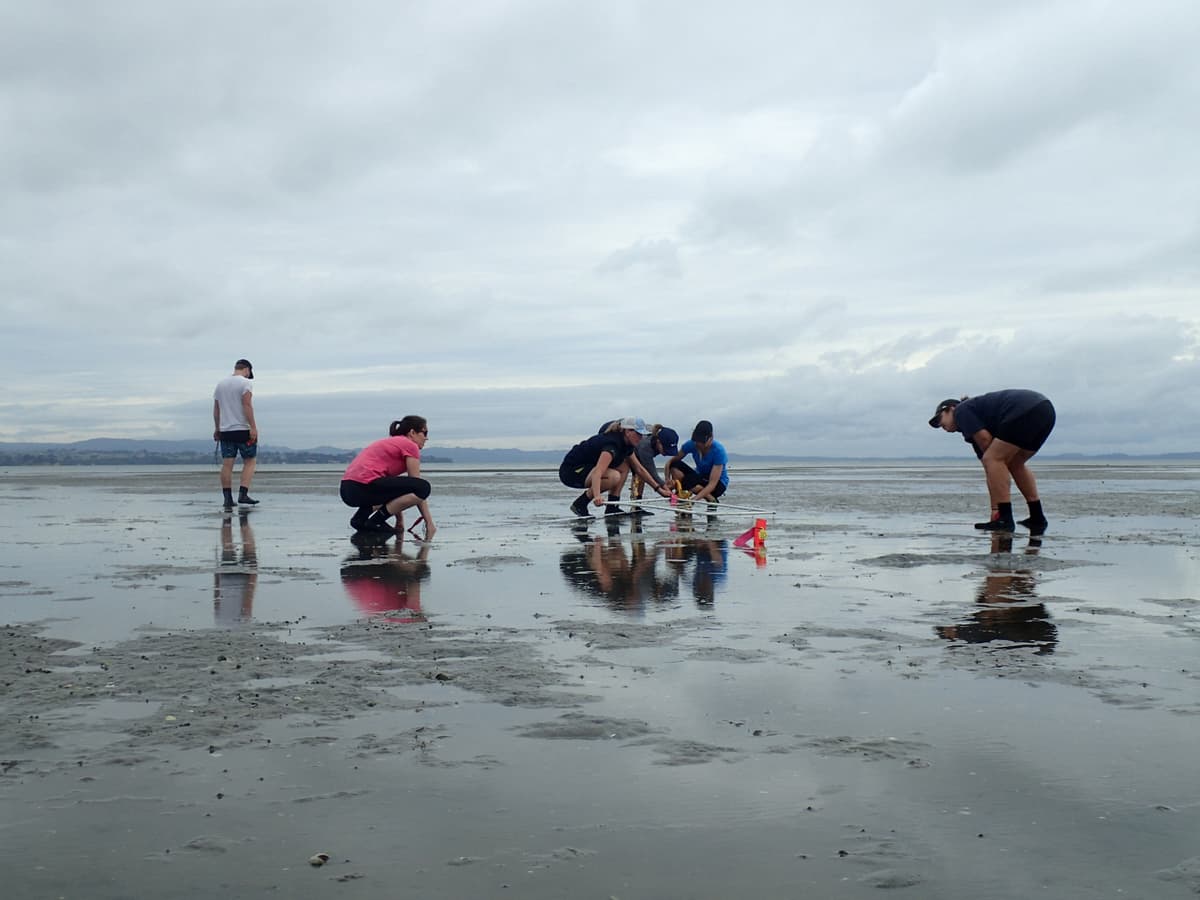

Thrush SF, Hewitt JE, Gladstone-Gallagher RV, Savage C, Lundquist C, O’Meara T, Vieillard A, Hillman JR, Mangan S, Douglas EJ, Clark DE, Lohrer AM and Pilditch C (2020) Ecological Applications 31(1):e02223 [Open access]
Marine ecosystems, particularly estuaries and coastal areas, are highly dynamic areas that human-based pressures have heavily impacted. When these pressures accumulate in an area, they are referred to as cumulative stressors.
Cumulative stressors can alter the functioning of ecosystems and thus affect the ecosystem services society relies upon. Therefore, the need to understand thresholds and how cumulative stressors interact between themselves and the environment is highly important for environmental managers.
Thrush et al:
The results implicate that change in interactions between sediment, nutrient and the environment can alter both biological and chemical processes that drive ecosystem function, giving further evidence that cumulative effects do have the ability to excel tipping points even at low levels.
Identifying network drivers for ecosystem function helps increase the understanding of degrading estuaries and their tipping points and the potential for restoration to influence management interventions.
This work provides empirical validation of the potential for regime shifts and tipping points in ecological systems and justifies to managers and society that these phenomena are real, common, and serious.
The effects observed associated with sediment and nutrient pollution highlight the need for multiple complementary management actions and a move away from approaches that focus on stressors and not ecosystem responses.
